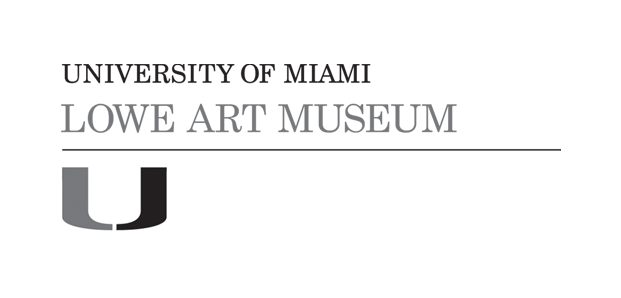Le chaland et la barque (The Barge and the Boat)
Date1882
CultureFrench
Mediumoil on canvas
DimensionsSight: 11 3/4 x 18 1/8 in. (29.8 x 46 cm)
Framed: 21 1/4 x 27 5/8 x 3 1/2 in. (54 x 70.2 x 8.9 cm)
ClassificationsVisual Works
Credit LineGift of Ione T. Staley
Object number58.291.000
DescriptionGauguin frequently visited his artistic mentor, Camille Pissarro (1830-1903), in Pontoise, a market town about thirty-two kilometers northwest of Paris. In the 1870s and early 1880s, under Pissarro's influence, Gauguin often painted subjects of rustic life, concentrating on farmers and workers in lightstruck landscapes. Together they painted along the banks of the River Oise, which is seen in "The Barge and the Boat." During this period, Gauguin adopted the Impressionist method of painting outdoors, spontaneously noting effects of tone and color in small, broken brushstrokes that heavily textured the surface of his paintings. Later, beginning in 1888, Gauguin broke with Impressionist practice and moved away from naturalism. His pictures then took on the characteristics of his own mature style, in which forms are flattened into decorative compositions, and colors are applied in large, unbroken areas. "Do not paint too much from nature," he advised a younger artist at that time, "rather, dream in front of it." The Lowe's picture, although painted in Gauguin's early Impressionist style, is particularly interesting because it anticipates the artist's later use of flattened forms (as in the prow of the small boat in the lower left) and his tendency toward abstracted and symbolic composition.













